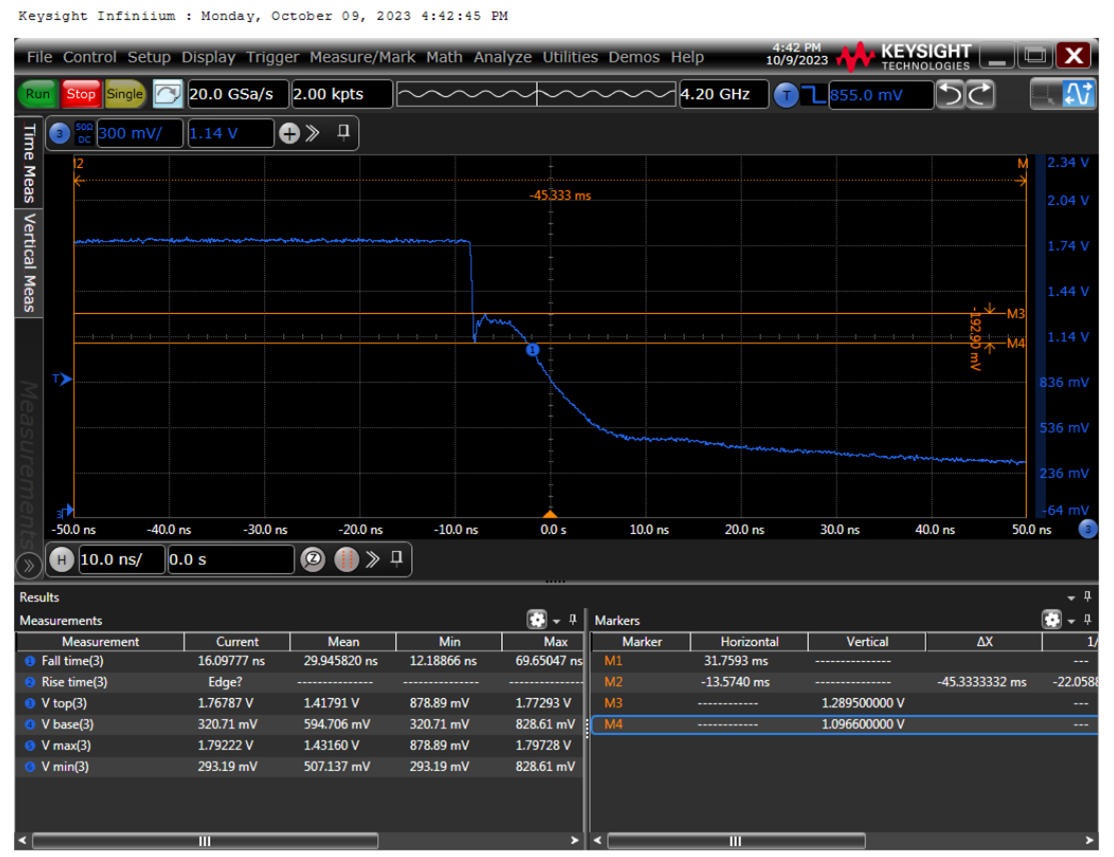Hi Team,
There are still two questions that need to be consulted about PCA9306.
1- The PCA9306 datasheet seems to have no requirements for Vil/Vih of the input signal?
2- In addition, when we tested I2C 1V8<->3V3, we found that the I2C host (MARS) is connected to the 1V8 side. During the test, it was found that there was a groove on the edge of the 1V8 side when the signal fell. However, when the MARS GPIO is connected to the signal of the 74 series level shift chip, there is no backchannel phenomenon on the falling edge. What might be the reason for this?

Thanks.
B.R.
Lucas

